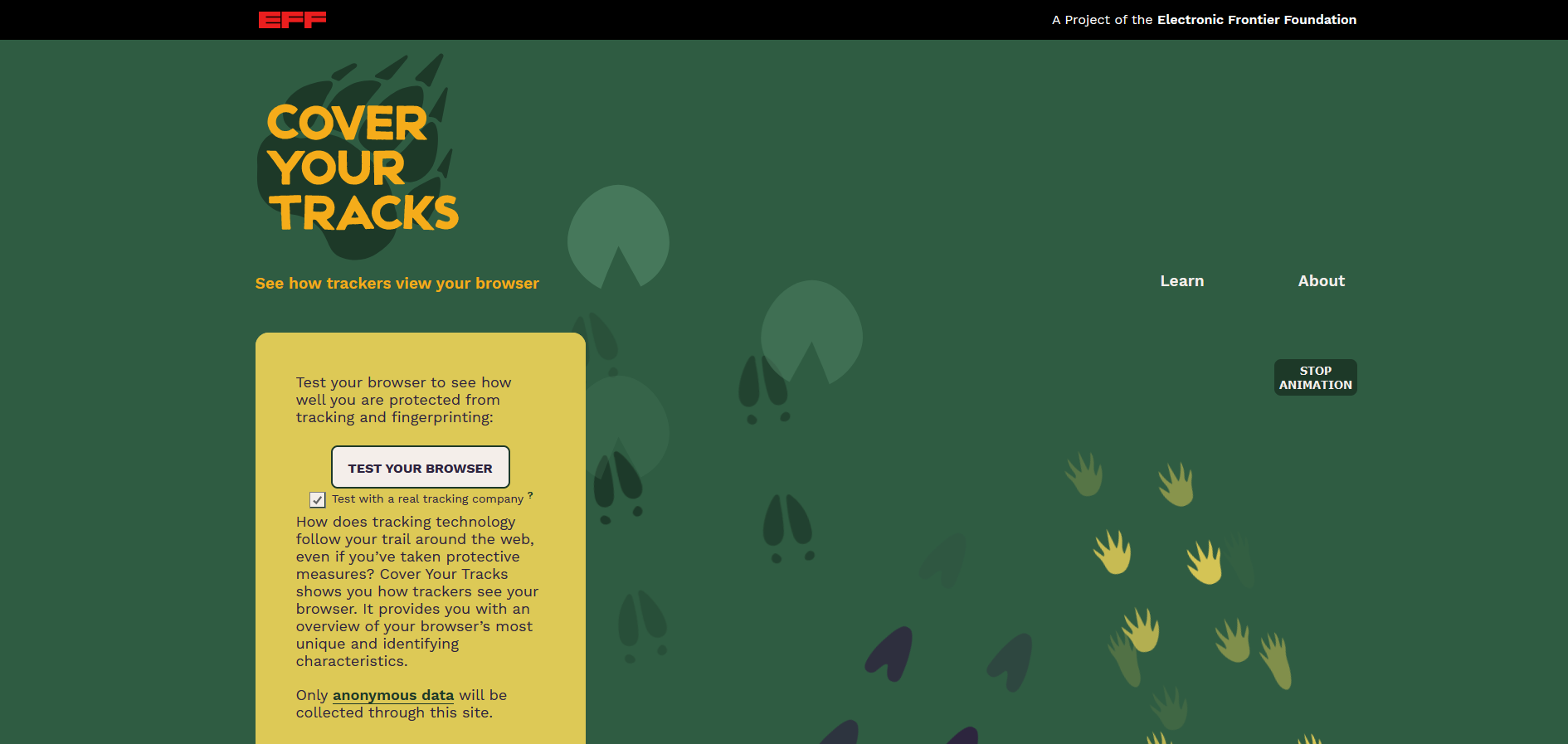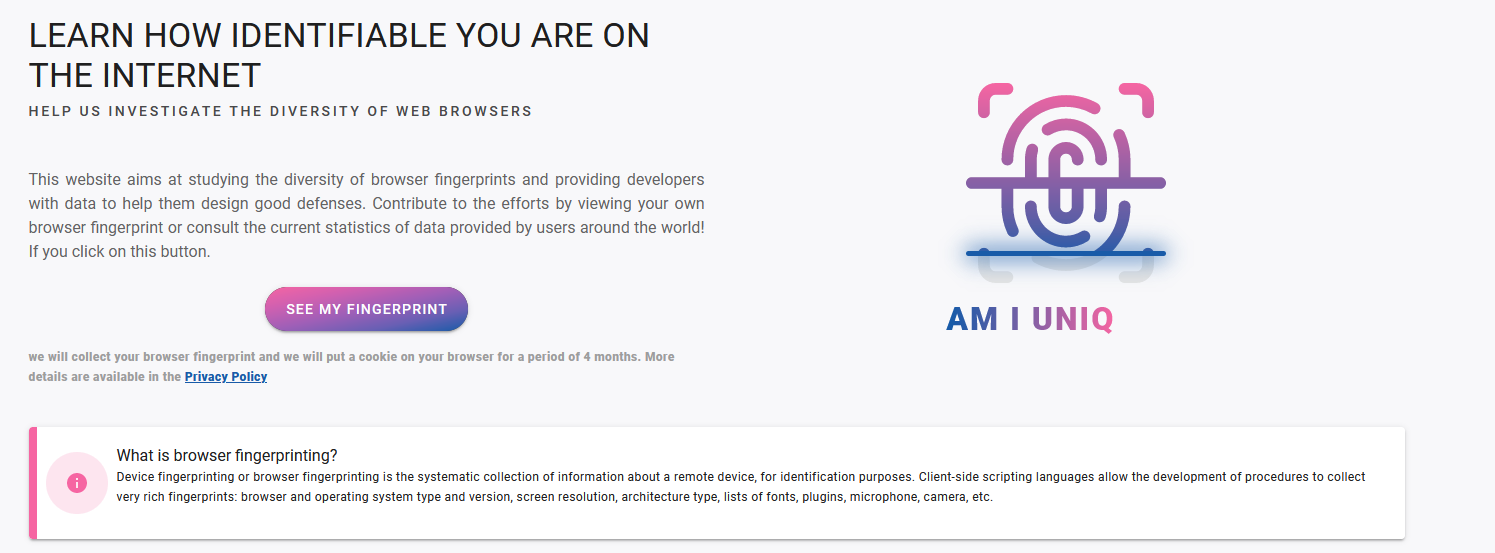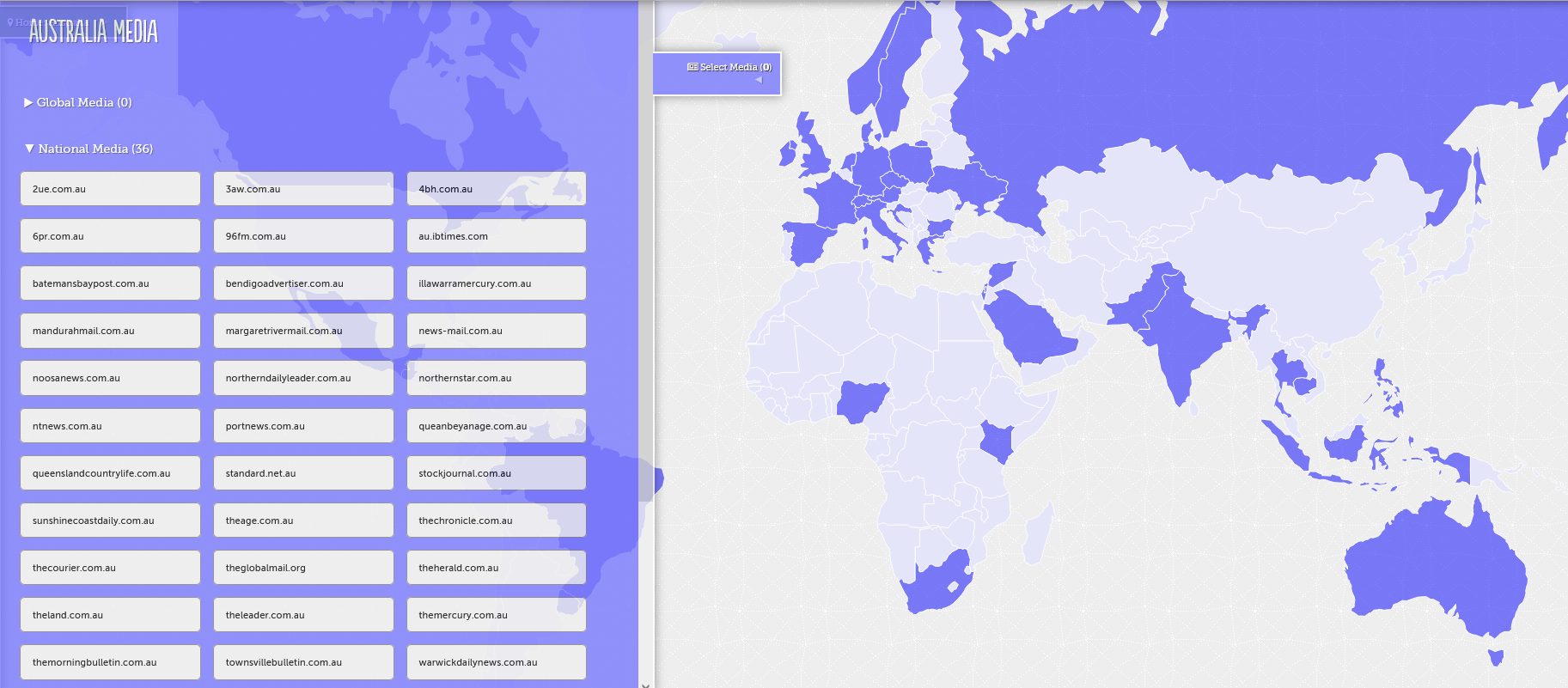Table of contents
- Check who is tracking you
- Online services
- Browser extensions
- Who actually can track you
- How to avoid being tracked online
- Conclusion
Check who is tracking you
By understanding the signs of online tracking, you can take better control of your digital presence and protect your privacy. See, advertisers, tech companies, and hackers all seek to gather users' personal details, like browsing habits, emails, addresses, social security numbers, IPs, etc. In the worst-case scenario, hackers may use collected data for identity theft, financial fraud, social engineering attacks, and other malicious purposes.
We created Clario Anti Spy in response to these rising threats. Our cybersecurity experts devised powerful features to help users identify spying threats and take active measures to eliminate them. For iPhone users, we offer Device system check. It scans your device for signs of jailbreak, a major security threat during which hackers attempt to gain unauthorized access to your data.
Here’s how to use Clario’s Anti Spy Device system check:
- Install the Clario Anti Spy app on your iPhone.
- Create an account.
- Go to Device system check, and tap Scan.

For Android users, we provide Spyware scan, a powerful feature that conducts a full scan of your mobile device looking for signs of spying apps and suspicious app permissions.
Here’s how to use Clario’s Anti Spy Spyware scan:
- Install Clario Anti Spy on your Android.
- Create an account.
- Go to Spyware scan and check for dangerous apps.
- Tap Let’s fix it in case any suspicious app permissions are found.

Now, let's explore key warning signs that help you work out if and how you are being monitored while browsing the web.
Online services
There are several online services and websites that you can use to determine whether or not you’re being tracked and pin down the culprit.
Here are some of the best services to consider:
1. Cover Your Tracks
Cover Your Tracks is a website created by the Electronic Frontier Foundation (EFF) that allows you to test the uniqueness of your browser fingerprint and see if it can be used to track you across websites. A browser fingerprint or digital footprint is a collection of information about your device and browser that is unique to you.
To use Cover Your Tracks, head to the official website. Once there, click on the Test Your Browser button to initiate the fingerprinting process.

After a short analysis, Cover Your Tracks will provide you with the results of your browser fingerprint test. These results may include information on how common or unique your browser fingerprint is compared to other users.
Cover Your Tracks also provides recommendations for improving your privacy, such as using privacy-enhancing browser plugins, regular cookie clearing, and disabling certain browser features that can be used for tracking.
2. Am I Unique?
Am I Unique is a website that allows you to determine how unique your browser fingerprint is and whether you are being tracked online.
The website uses the same technology as Cover Your Tracks to analyze your browser's unique configuration and gather information about your device and browsing habits.
To use Am I Unique, follow these steps:
- Open a web browser and visit the Am I Unique website.
- Select See My Fingerprint.
- Once the analysis is complete, you will see your browser's fingerprint result. It will indicate how unique or identifiable your browser fingerprint is compared to other users.
- You can also view additional details about your browser's configuration and how it affects your uniqueness score.

However, it’s important to note that Am I Unique only provides a basic analysis of your browser's uniqueness and tracking potential. It focuses on browser fingerprinting, which is just one method used for online tracking.
3. Trackography
Using the Trackography website allows you to explore the global tracking landscape and understand the extent of website tracking by various companies and entities. Here's how to use the website:
- Open your web browser and go to the Trackography website.
- On the homepage, you'll see a world map with different colors representing different types of tracking. Scroll down to view the legend explaining the meaning of each color.
- Use your mouse to navigate the map and explore different regions.
- As you zoom in, you'll see more details about the tracking entities used in that area. These include the names of tracking companies or organizations, the domains associated with tracking, and the types of tracking technologies employed.
- To get a more detailed view, click the View Tools button at the top-right corner of the website. This will open a sidebar where you can access additional features and filters.

Browser extensions
There are several browser extensions that make it easy to see who’s tracking your activity when you browse online. Here are the best extensions:
- DuckDuckGo Privacy Essentials. DuckDuckGo Privacy Essentials is a privacy extension that’s available on Chrome, Firefox, Edge, and Safari. It provides an overall privacy rating and gives you the names of browser trackers on every website you visit. It also links you to the website’s privacy policy so you can see how they track your data.
- Privacy Badger. Privacy Badger is designed by the EFF and provides you with a list of website trackers that it discovers as you browse the web. For each tracker it discovers, it sends a “do not log” request to maintain your privacy. Privacy Badger is available on Chrome, Firefox, and Edge.
- Google Ads Transparency Spotlight. Ads Transparency Spotlight is an extension designed by Google that lets you see which ads are present on the website. However, many advertisers are yet to opt into this scheme, so it doesn’t show everything. This is available on Chrome and Microsoft Edge.
Pro Tip
Use Clario Anti Spy's Virtual Location feature to mask your IP address and encrypt your internet traffic, preventing websites and hackers from tracking your activity.
Who actually can track you
It’s surprisingly easy for someone to track your activity online—especially if they’re close to you and have access to your devices. But even companies and criminals from across the world can track your activity if you don’t mask it.
Here are a few examples of people who can track you online:
- Your friends and family. The people who are most likely to spy on you include your partner and parents. If they have access to your devices (like your mobile phone), they can simply check your browser history or install a spy app like mSpy to log what you do and when you do it.
- Social media apps and plugins. Websites often include social media sharing buttons or login options that allow users to connect their social media accounts. These plugins and logins can track users' interactions and activities across multiple websites, even if the user doesn't directly interact with them.
- Analytics and Advertising Platforms. Many websites use analytics and advertising platforms to monitor and track user behavior. These ad trackers collect data such as page views, clicks, time spent on site, and interactions with ads. They can aggregate this data to create user profiles and deliver targeted advertisements.
- Internet Service Providers (ISPs). ISPs can track and monitor their users' online activities. They can see metadata related to your internet usage, such as the websites you visit, the services you use, and the duration of your online sessions.
- Government Surveillance. Depending on the country you live in, government agencies may have the power to track and monitor your online activities. This can include the collection of metadata, as well as the interception and analysis of communication content.
- Cybercriminals. Cybercriminals can employ various techniques to track and monitor your online activities, including phishing, malware, and hacking. Once they gain access to your device or accounts, they can potentially collect sensitive information, steal your identity, or even gain control over your online presence.
How to avoid being tracked online
Metadata is essentially data about data. As you browse the internet, you leave behind a trail of metadata that can reveal a lot about your behavior, preferences, and interactions on the internet.
To track you, all a person needs to do is get access to that metadata—and it’s usually pretty easy to do so. Some examples of metadata that people can track you with include your IP address, browser cookies, and GPS and location data.
The best way to avoid being tracked online is to make all of your metadata anonymous—which is only possible with an anti-spyware app like Clario AntiSpy.
Clario AntiSpy is a cybersecurity solution created by industry experts that helps you protect yourself from digital spying and stalking. If you're an iPhone user, try our Device system check feature to ensure your device hasn't been jailbroken and that no one can gain unauthorized access to it. It will also scan your OS and offer you the latest updates if you haven't already installed them. If you’re an Android user, try our Spyware scan feature to detect suspicious apps that might be covertly monitoring your activities.
Download Clario Anti Spy today and see how it can help you secure your activity online.
Conclusion
While it’s possible for many people to track your online activity, there are measures you can take to enhance your privacy and security. These include using virtual private networks (VPNs), regularly clearing cookies and browsing history, using antivirus and anti-spyware, encrypting your communications, and keeping your devices updated. For ultimate protection, use Clario Anti Spy to identify jailbreaks or suspicious apps that might be monitoring you.


